Hybrid powertrains
Less emissions, more flexibility.
Hybrid powertrains offer the fun of electric acceleration, increased fuel efficiency, and all the flexibility of a petrol car. Plug-in hybrids have more battery capacity and offer a longer all-electric driving range with zero tailpipe emissions.
What is the difference?
Regular hybrids run primarily on fossil fuels, but get some electrical energy from regenerative braking. Plug-in hybrids have a larger, rechargeable battery, allowing for longer pure electric driving ranges (depending on conditions).

Hyundai hybrid engines.
Hybrid electric vehicles (HEV) combine an internal combustion engine and an electric motor. The battery cannot be plugged in but gets charged through regenerative braking. HEVs are a good choice for you if you drive a lot in city traffic and don't have good charging options.
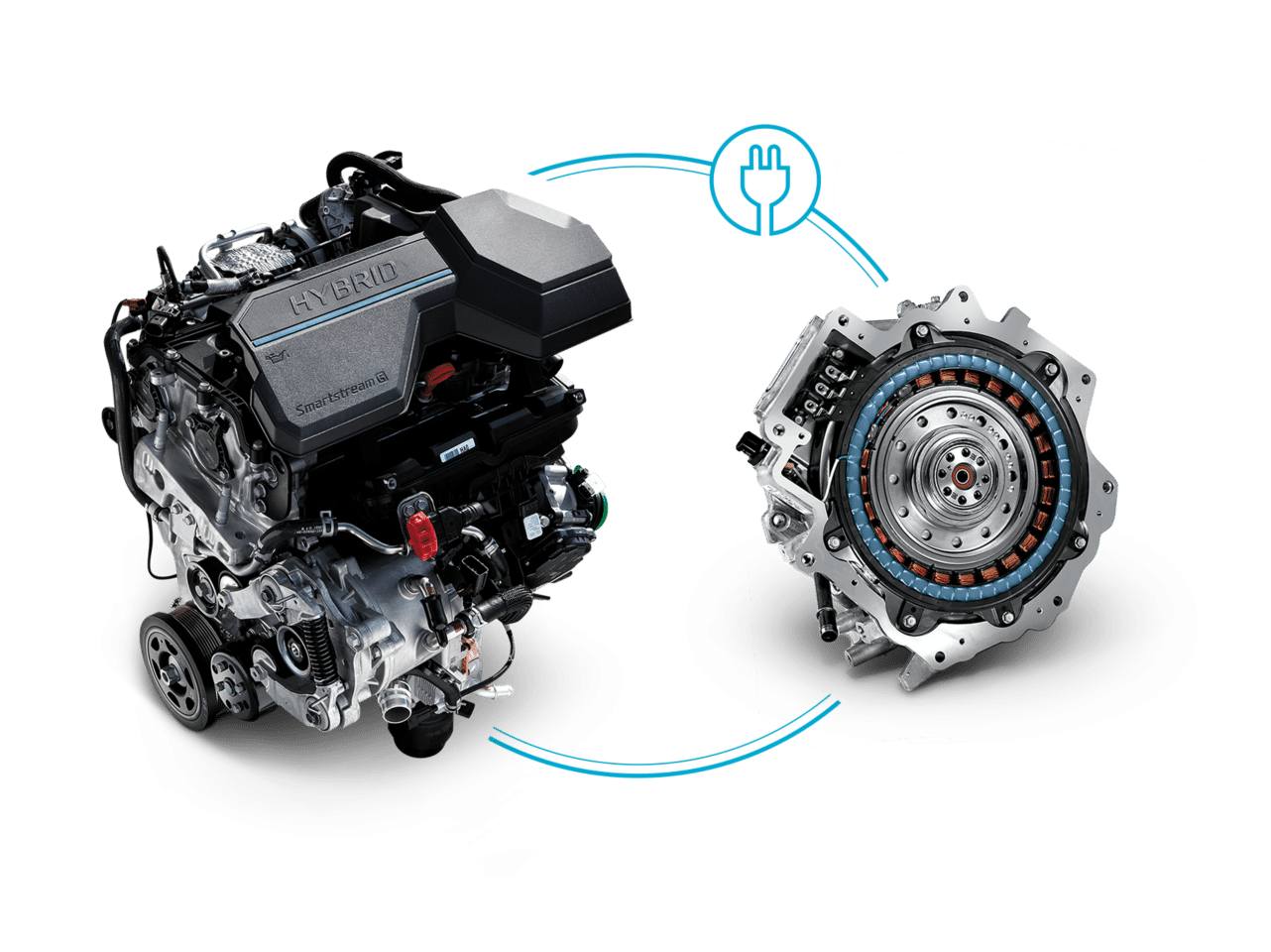
Hyundai plug-in hybrid engines.
Plug-in hybrid electric vehicles (PHEV) employ batteries with bigger capacities. They can be charged at a wallbox, household electrical outlets, or charging stations. You can drive longer distances in all-electric mode. PHEVs are a good choice for you if you want maximal independence, regularly drive short and long distances, have access to charging or can install a wallbox.

48V mild hybrid.
The 48V mild hybrid powertrain system (MHEV) supports the combustion engine, adding electric power during the different stages of driving. MHEVs are a good choice if you want the same engine performance that an internal combustion engine offers, with increased fuel efficiency.
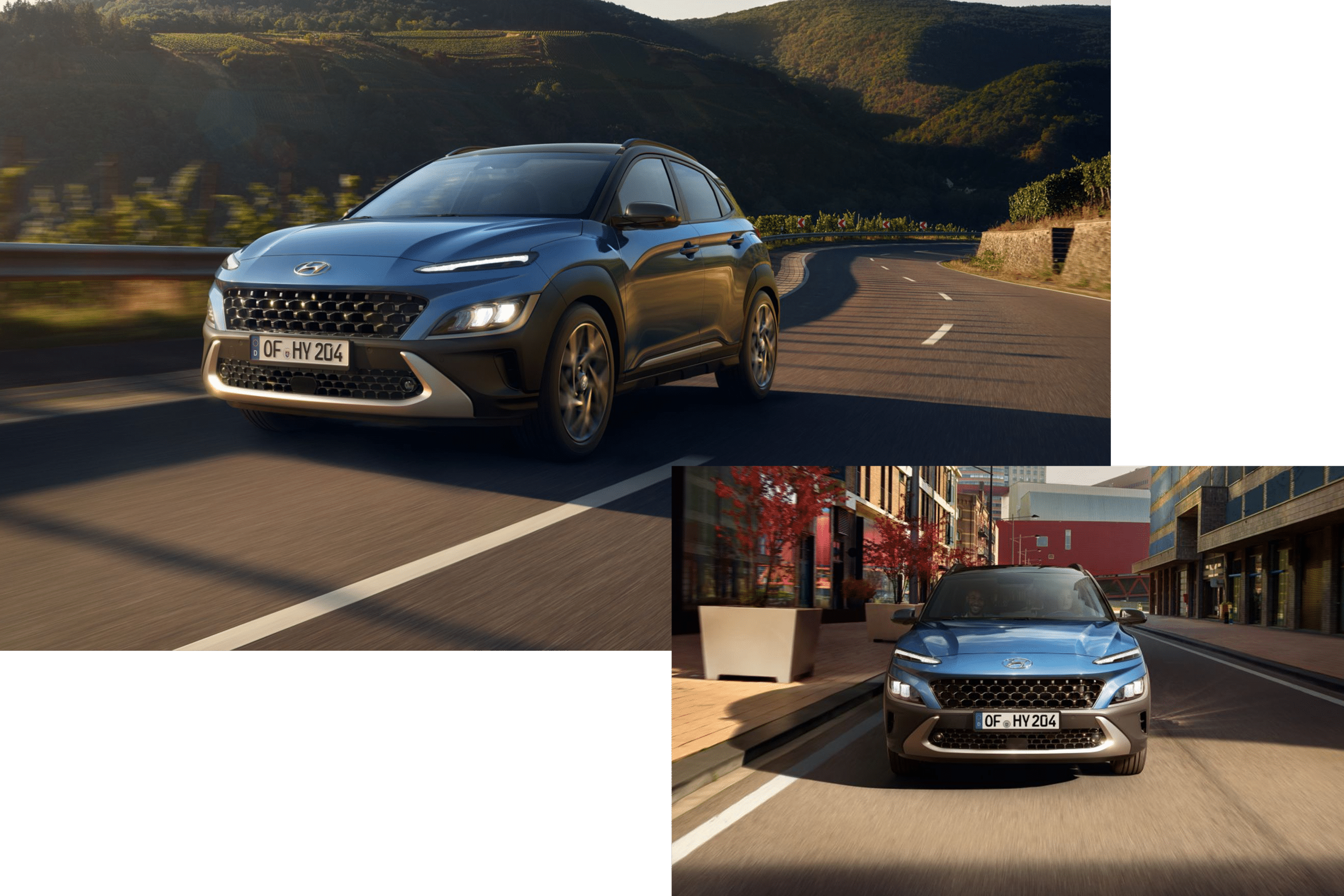
Hybrid
Hybrid technology.
Depending on the driving situation, Hyundai hybrid cars switches seamlessly between its petrol engine and electric motor. The regenerative braking system charges the battery by using the electric motor to slow the car. The energy stored in the battery then powers the electric motor to help in acceleration, uphill driving and low speed driving.

Start/ Low Speed.
When starting or driving at low speed, the electricity stored in the battery powers the electric motor to accelerate the car.
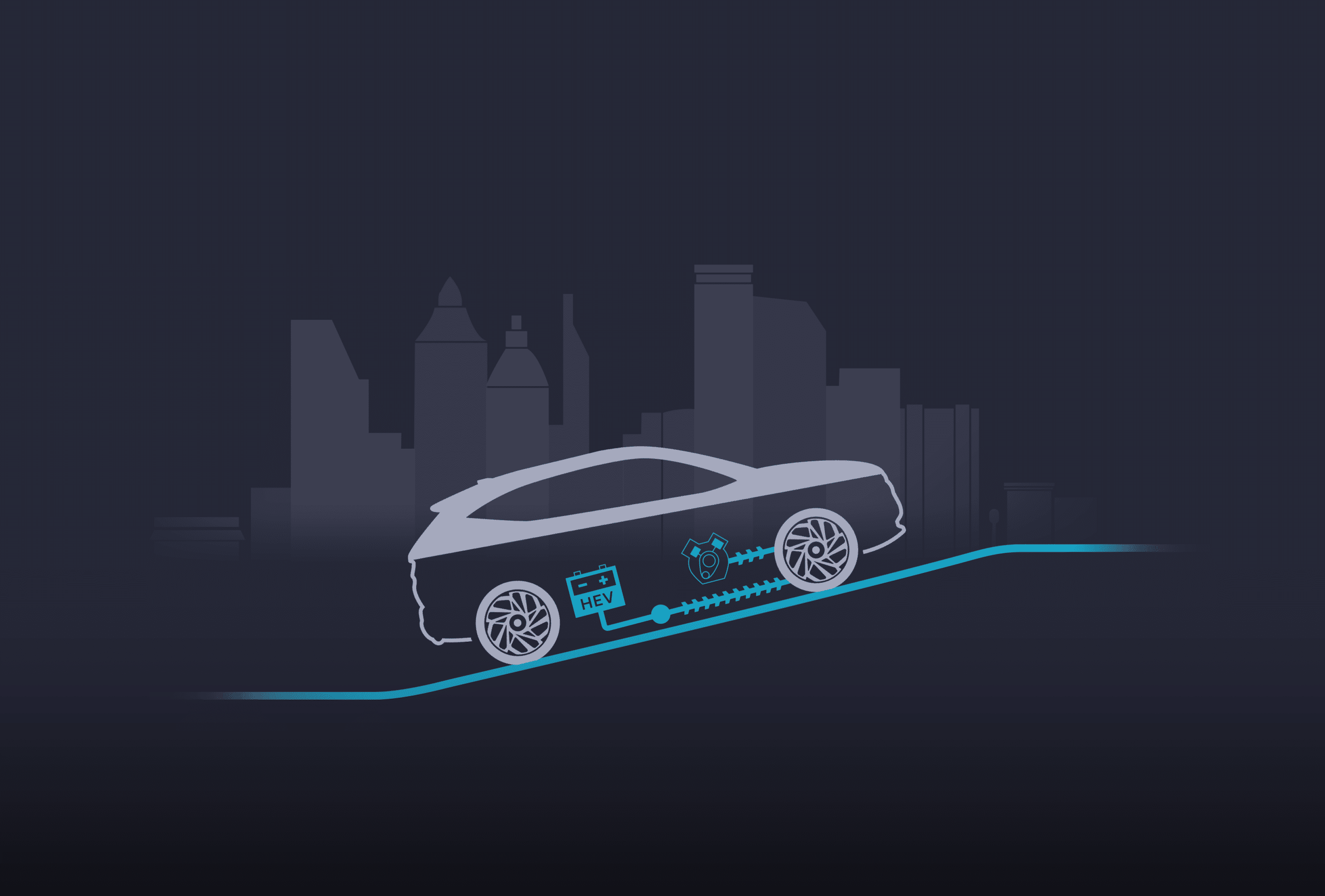
Acceleration/Uphill
During heavy acceleration or driving uphill, the electric motor and petrol engine work in pararell to maximise acceleration and minimise fuel consumption.

Constant speed
At constant speeds, power is provided by either the petrol engine or the electric motor, whichever is the most energy-efficient in that situation.
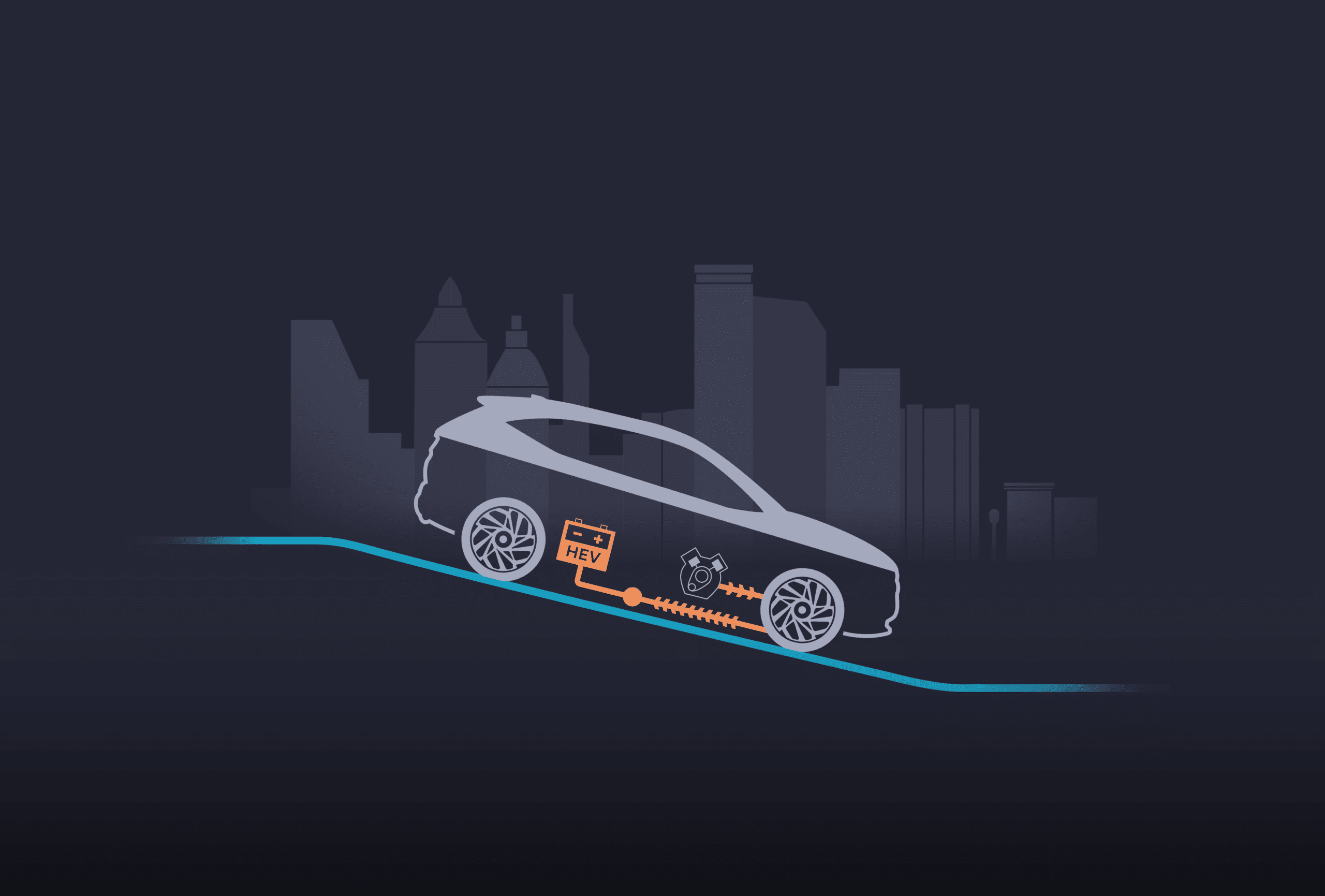
Deceleration/Downhill.
The regenerative braking system charges the battery by using the electric motor to slow the car. When decelerating or driving downhill, the energy generated is stored in the battery.
Charging while driving: regenerative braking.
All hybrid and electric cars charge the lithium-ion battery by using the electric motor as a generator when the car is being slowed down. With adjustable regenerative breaking, you are in charge of the process.

Adjustable regenerative braking.
Braking is optimised to get the most out of the recuperative braking system, helping Kona Hybrid maintain a healthy state of charge (SOC). The driver can easily adjust the level of regenerative braking through the paddle shifters behind the steering wheel.
Regenerative braking levels.
Level 0: Regenerative braking is not in operation and the battery is not being charged. Level 1 to level 3: With each level higher, the car decelerates more using the electric motor, increasing the charging strength at the same time. The higher the level, the more the car slows and charges the battery when you take your foot off the accelerator


1-paddle mode.
It is also possible to actively brake the car using the paddle shifter. Simply pull the left paddle shifter and hold. You can slow the car to a complete stop in this way without pressing the conventional brake pedal.

Smart regenerative braking.
The smart regenerative braking system utilizes the on-board radar sensor to automatically control the level of regenerative braking to react to the traffic ahead. Additionally, it also detects if the car is driving up or downhill and adjusts accordingly.
Hybrid motor and batteries.
The petrol engine used in hybrids and plug-in hybrids is the same as in non-hybrid cars with their modern engine and transmission technologies. An electric motor and lithium-ion batteries complete the hybrid powertrain

Electric motors.
The electric motor delivers high torque and high efficiency. It also delivers an impressive electric acceleration when you start driving. When braking, the electric motor serves as a generator to charge the battery.
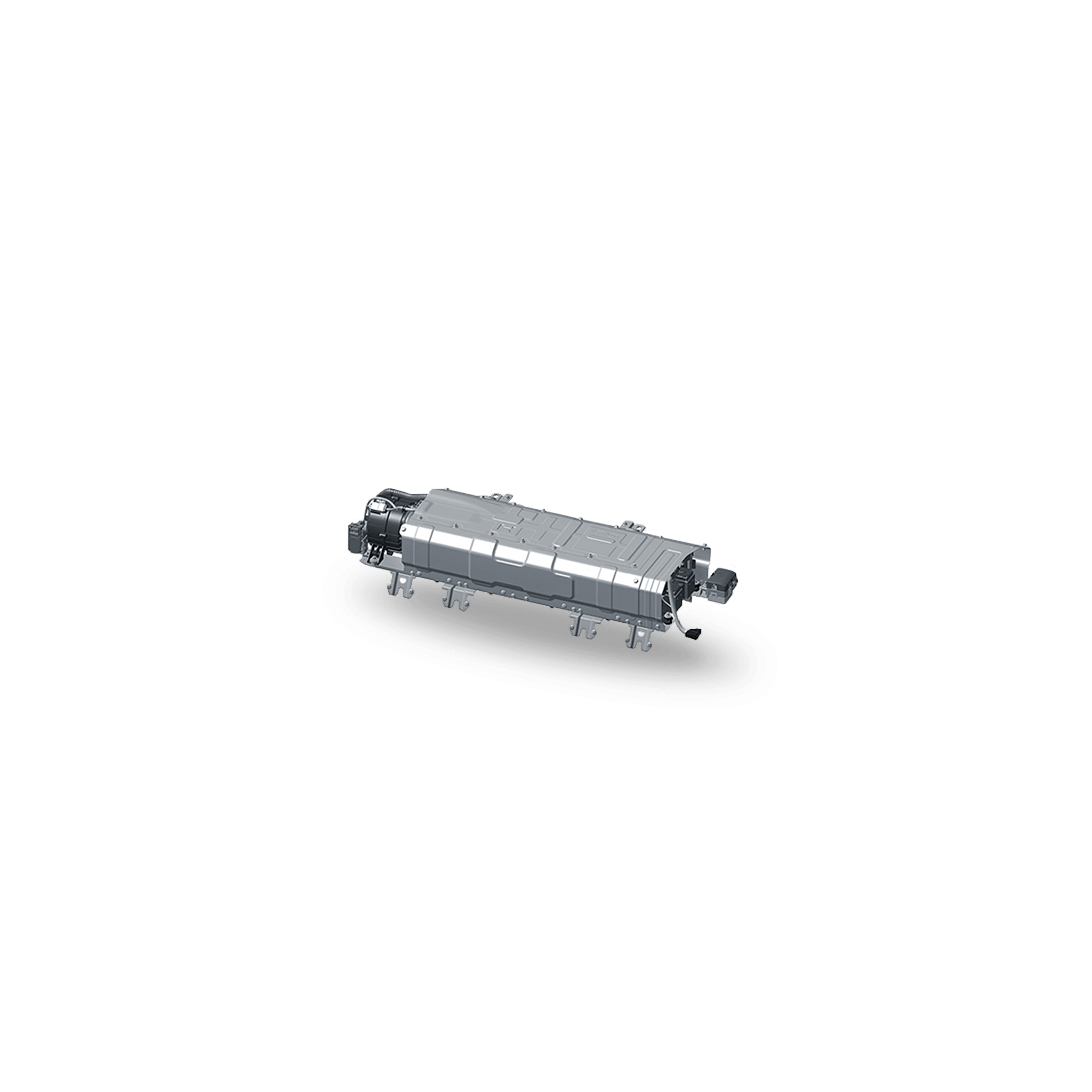
Lithium-ion polymer battery.
Hyundai hybrids and plug-in hybrids carry high-power batteries with superior charge/discharge characteristics, maximising both electric driving and energy storage. The capacity of PHEV batteries is up to 10 times larger than that of HEV batteries.

Plug-in
Plug-in Hybrid electric vehicles.
Plug-in hybrids have a larger battery (though not as large as a fully-electric vehicle's) on board, which can be recharged by plugging it in. And once the electric-only range is depleted, you can plug into a charging station – or just continue on with the petrol engine. The plug-in then operates as expected on a full hybrid drive system. Compared to a regular hybrid, plug-in hybrids provide a longer electric-only range, meaning that for shorter journeys you may not need to consume any fuel at all!

Charging options.
You can either charge your plug-in hybrid at home, with a wallbox or your regular AC charging.

Home wall box / AC charging station.
Depending on your grid connection at home or the type of public charging station you have access to, you have several possibilities for charging, like for example: a home wall box or an AC charging station.

ICCB-cable for domestic power sockets.
You can also connect to a regular household power socket using the ICCB-cable (in-cable control box). Hyundai plug-in hybrids come equipped with a 3.3 kW on-board-charger, which converts AC power from the wall socket to DC power that charges the battery in the vehicle.

Charging cable for AC charging stations.
A charging cable connects your Hyundai plug-in hybrid to public AC charging points. This cable can also be used to connect to a home wall box.

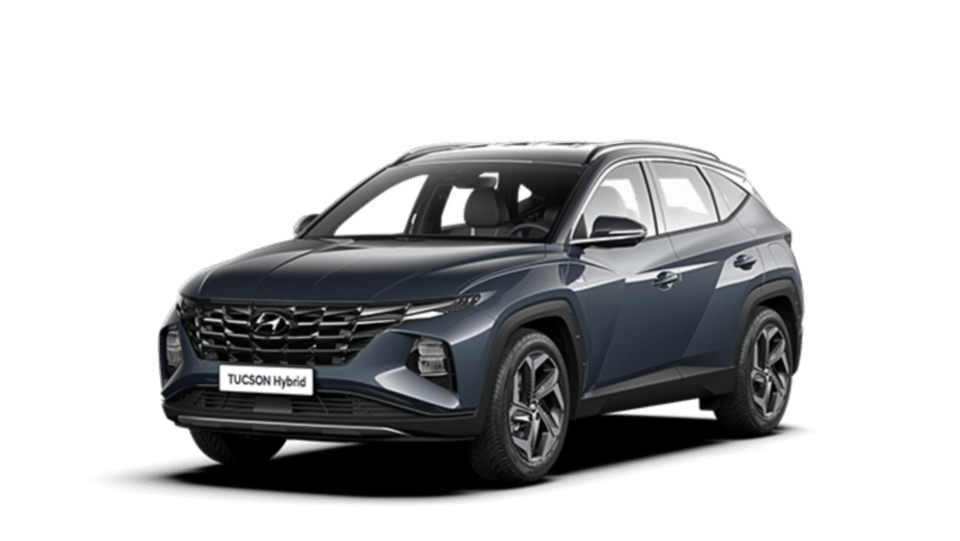

Discover more Hyundai powertrains.
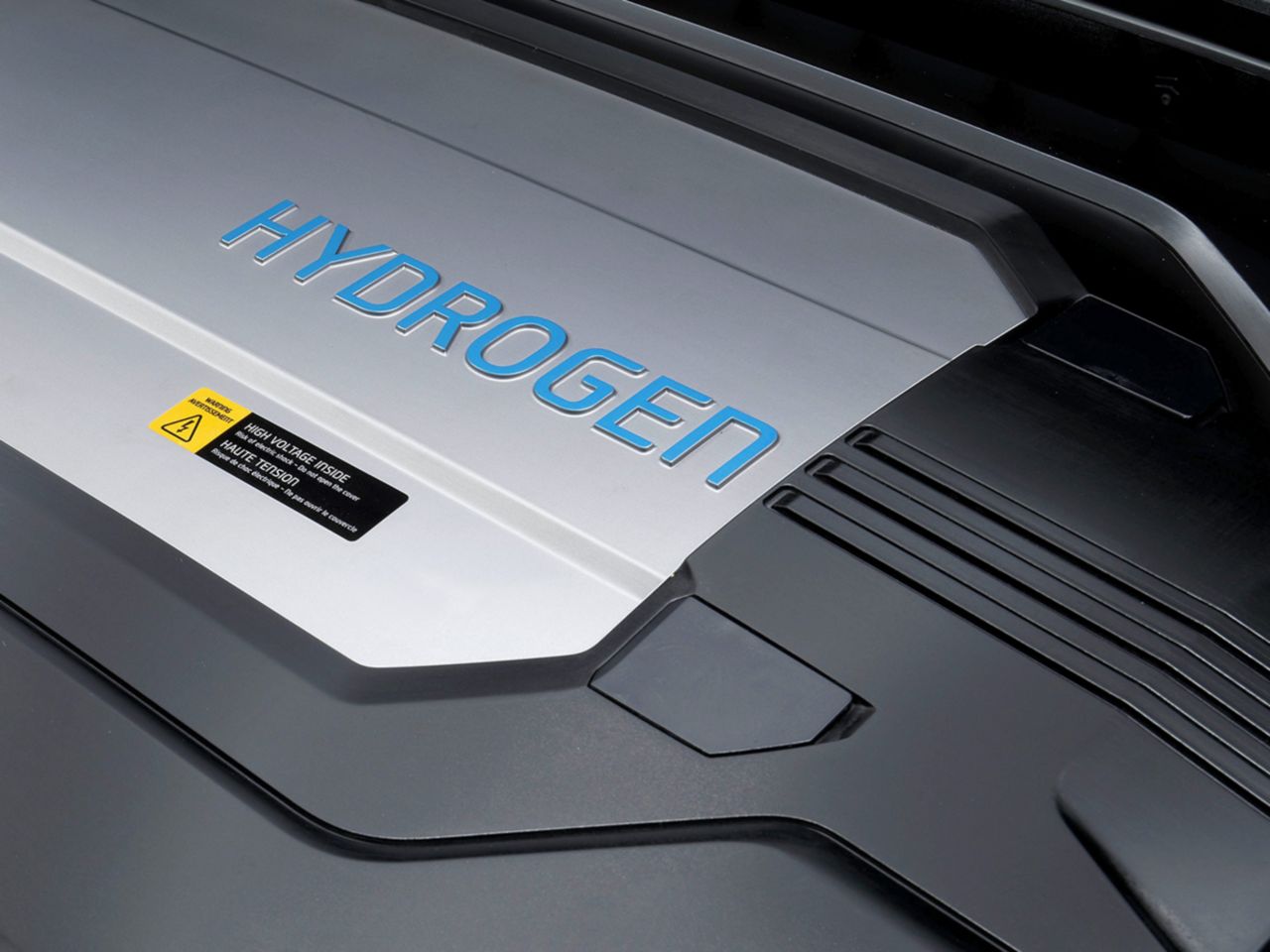
Fuel cell electric powertrains

Battery electric powertrains
